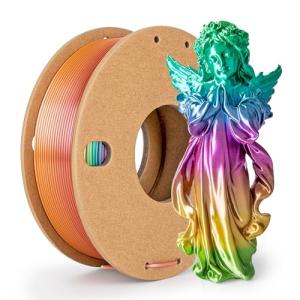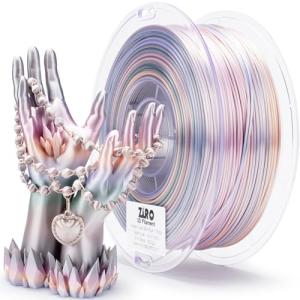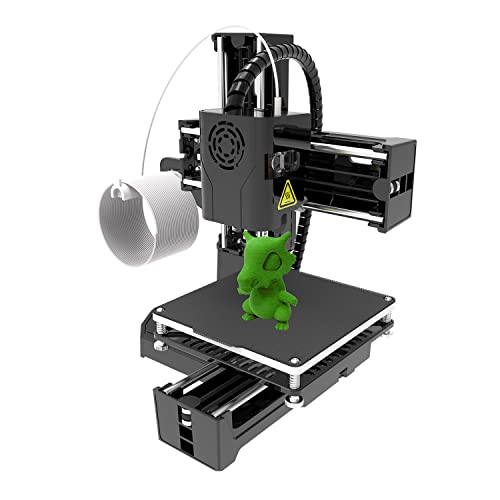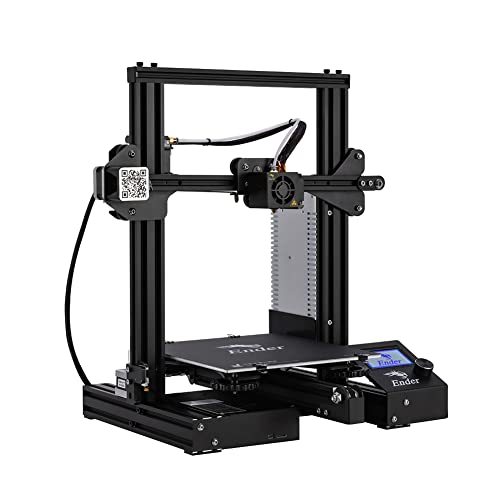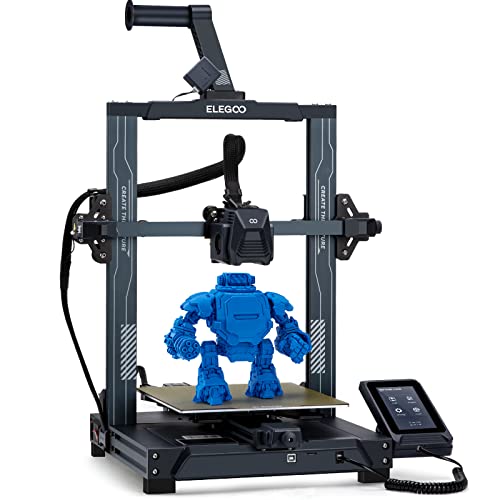Have you ever thought about bringing your ideas to life right from your home? With DIY 3D printers, you can do just that! These printers let you create everything from toys to tools and even art pieces, all with a few clicks. Imagine designing something completely unique and watching it take shape in front of your eyes. It’s not just fun; it’s an exciting journey into the world of creativity.
Getting started with DIY 3D printers is easier than you might think. Many of them come with user-friendly software that walks you through the process. You don’t need to be an engineering wizard or a tech genius to dive in. There are tons of tutorials and communities online ready to help you with any questions. Plus, you can find ready-made models to print, so you can jump right into the action without having to design from scratch.
The real joy comes in experimenting. Want to customize your phone case? Or how about making a unique piece of jewelry? DIY 3D printers give you the freedom to tweak designs or come up with something completely new. If you're a parent, this can also be a fantastic way to get your kids involved in STEM activities while having fun together!
And let’s not forget about the satisfaction of holding your first print in your hands. Seeing a project go from an idea on your computer to a finished product is incredibly rewarding. Once you get into it, you’ll find that the possibilities are endless. So whether you’re a hobbyist or someone looking to unleash their creative side, DIY 3D printers open up a whole new world of fun and exploration.
Choose the Right 3D Printer for You
Choosing the right printer can feel a bit overwhelming, but it doesn’t have to be! First things first, think about what you want to make. Are you into big projects like models or sculptures? Or are smaller items like prototypes or jewelry more your style? Knowing your goals will help narrow down your options.
Next, you’ll want to consider the type of printing technology. FDM (Fused Deposition Modeling) printers are super popular for DIY 3D printers because they are usually more affordable and user-friendly. If you're looking for smooth surface finishes, you might want to check out SLA (Stereolithography) printers, but keep in mind they can be pricier and require more maintenance.
Another thing to think about is the build volume. If you plan to create larger objects, look for a printer with a bigger build area. But if you’re working on smaller projects, a compact model will do just fine. Also, don’t forget about the materials! Different printers support different types of filament or resin, so choose one that fits the materials you want to use.
Finally, consider your budget and the printer's ease of use. A great DIY 3D printer doesn’t have to break the bank, but check reviews and ratings to ensure you’re getting something reliable. Look for features like auto-bed leveling or a heated bed, as they can save you a ton of hassle in the long run. With the right printer, you'll be well on your way to unlocking your creativity!
Silk Rainbow PLA Filament 1.75mm for FDM Printers
Brighten up your 3D prints with this vibrant Silk Rainbow PLA that adds a splash of color to every creation
Product information
$5.69
Product Review Score
4.71 out of 5 stars
73 reviewsProduct links
Get Started with Your First Project
Getting started with your first project using DIY 3D Printers is super exciting! You don’t need to be a tech genius to dive in. Start by picking a simple design you love—something small like a keychain or a phone stand. These projects are manageable and will help you learn the ropes without feeling overwhelmed.
Once you have your design, it’s time to download the 3D model. Websites like Thingiverse and MyMiniFactory have tons of free files to choose from. Just pick what you want, and be sure to check the compatibility with your printer. Most files are in .STL format, which is the common standard for 3D printing.
Now, load that model into your slicing software. This program transforms your design into instructions for the printer. You can set things like print speed, layer height, and fill density here. Don't stress about making it perfect. Just play around with the settings and learn what works best for your printer.
Finally, it’s printing time! Make sure your printer is set up properly, and you have the right filament loaded. Watch as your design comes to life layer by layer. It’s thrilling! If something doesn’t go as planned, don’t sweat it—every experienced maker has had a few mishaps. Just keep experimenting and enjoy the process of learning with your DIY 3D Printers.
ZIRO Shiny PLA Filament for FDM 3D Printers
Get vibrant colors and smooth finishes with this high-quality PLA filament designed for hassle-free printing
Product information
$24.99
Product Review Score
4.48 out of 5 stars
15 reviewsProduct links
Tips to Enhance Your 3D Creations
To really bring your ideas to life with DIY 3D printers, follow these easy tips. You’ll get greater results and enjoy the process even more!
First off, always start with a solid design. Use easy-to-navigate software like Tinkercad or Fusion 360. They help you visualize your ideas without getting bogged down in complicated features. Keep it simple, especially at the start. You can always tweak and add details as you go!
Next, consider your material choice. Different filaments like PLA, ABS, or PETG each have their perks. PLA is great for beginners; it’s user-friendly and less likely to warp. On the other hand, if you need something more durable, ABS could be your go-to. Experiment and see what works best for your projects.
Don't forget about calibration! A well-calibrated printer makes a huge difference in quality. Spend some time adjusting the bed level and nozzle height to fit your specific printer. It might take a little effort upfront, but it pays off with cleaner prints down the line.
Lastly, have fun with the finishing touches. Post-processing is key! Sanding down rough edges or applying a coat of paint can make your creations pop. It’s the little things that take your models from good to great. Enjoy the journey of discovering what works best for your DIY 3D printers!
